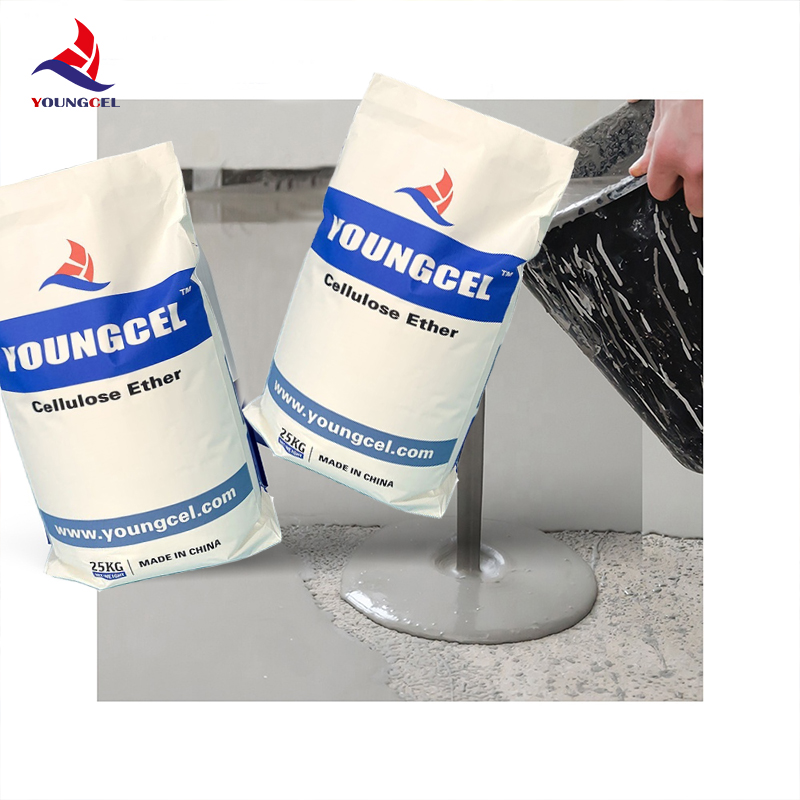The Rise of Cellulose Paint A Sustainable Choice for Modern Coatings
In recent years, the emphasis on sustainability and eco-friendly products has reshaped many industries, including that of paints and coatings. Among the notable innovations in this field is cellulose paint, a type of paint that utilizes cellulose, a natural polymer derived from plant materials, as its primary binder. The growing popularity of cellulose paint is rooted in its environmental benefits, versatility, and performance characteristics, making it an attractive option for consumers and manufacturers alike.
Understanding Cellulose
Cellulose is the most abundant organic polymer found on Earth, primarily in the cell walls of plants. It is a renewable resource that can be sourced from materials like wood, cotton, and other plant fibers. The use of cellulose in paint formulations offers several advantages over traditional synthetic binders, which often involve harmful chemicals and contribute to environmental degradation.
Eco-Friendly Properties
One of the main driving forces behind the adoption of cellulose paint is its environmentally friendly formulation. Cellulose paints typically contain low levels of volatile organic compounds (VOCs), which are known to contribute to air pollution and pose health risks. By opting for cellulose paint, consumers can reduce their exposure to harmful substances while also minimizing their carbon footprint.
Moreover, cellulose is biodegradable, meaning that any waste generated from cellulose paint can decompose naturally without harming the environment
. This is particularly significant in contrast to conventional paints, which often contain plastics and other materials that can persist in landfills for centuries.Versatility and Application
cellulose paint

Cellulose paint is highly versatile and can be used on a wide range of surfaces, including wood, metal, and plaster. It adheres well to different substrates, providing a strong and durable finish. The paint is available in various formulations, including water-based options that make application easier and safer for users. Additionally, cellulose paint can come in an array of colors and finishes, allowing for creative freedom and customization.
One of the notable characteristics of cellulose paint is its quick-drying properties. This allows for faster project completion compared to traditional paints, which can help both professionals and DIY enthusiasts save time. The ability to apply multiple coats in a shorter period also enhances productivity, making cellulose paint an appealing choice for contractors on a tight schedule.
Performance Characteristics
Beyond its eco-friendly attributes, cellulose paint also boasts impressive performance characteristics. It is known for its excellent adhesion and flexibility, ensuring that the painted surface remains intact and visually appealing over time. The paint resists cracking and peeling, which is particularly important in environments with fluctuating temperatures and humidity levels.
Cellulose paint also has good resistance to UV radiation, protecting surfaces from fading and degradation caused by sun exposure. This durability ensures that the investment in quality finishes pays off in longevity and reduced maintenance costs.
The Future of Cellulose Paint
As the demand for sustainable products continues to grow, the future of cellulose paint looks bright. Advances in formulation technologies are making it possible to enhance the performance of cellulose-based paints further, broadening their applications in various industries, including automotive and industrial coatings.
In conclusion, cellulose paint represents a significant step forward in the quest for sustainable painting solutions. By harnessing the power of nature, cellulose paint offers a safe and effective alternative to traditional paints, benefiting both consumers and the environment. As awareness of eco-friendly practices increases, cellulose paint is poised to become a staple in both residential and commercial applications, paving the way for a greener future in coatings.
-
Rdp Powder: Key Considerations for Wholesalers in the Building Materials IndustryNewsJul.08,2025
-
Key Considerations for Wholesalers: Navigating the World of Hpmc - Based ProductsNewsJul.08,2025
-
Hpmc Detergent: Key Considerations for WholesalersNewsJul.08,2025
-
Key Considerations for Wholesalers: China Hpmc For Tile Adhesive, Coating Additives, Concrete Additives, and MoreNewsJul.08,2025
-
Crucial Considerations for Wholesalers: Navigating the World of Construction MaterialsNewsJul.08,2025
-
Key Considerations for Wholesalers Sourcing Additive For Cement, Additive For Concrete, Additive For Putty from Additive Manufacturer Shijiazhuang Gaocheng District Yongfeng Cellulose Co., Ltd.NewsJul.08,2025




